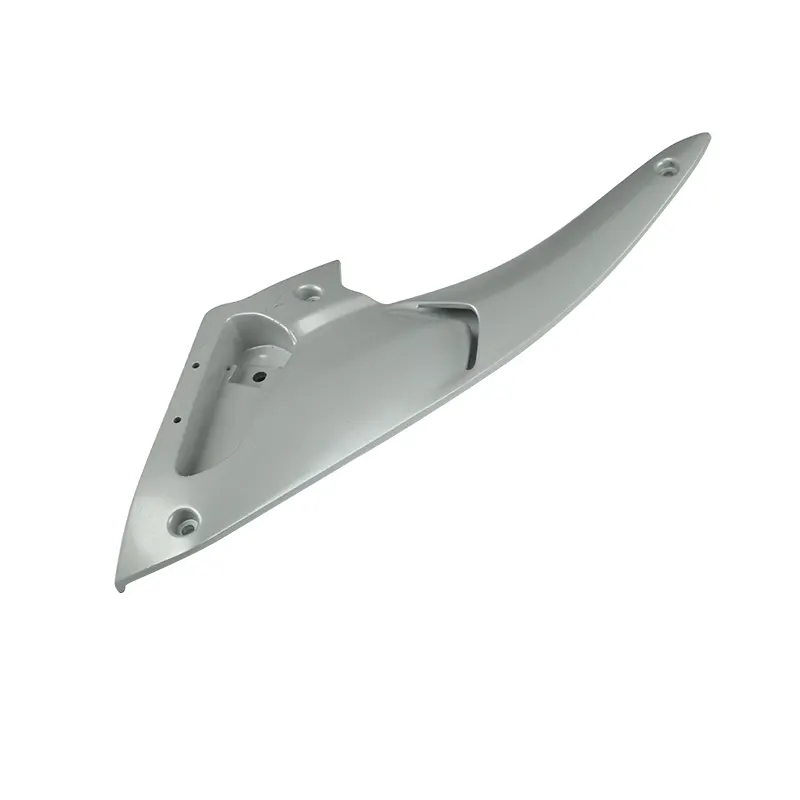- English
- Español
- Português
- русский
- Français
- 日本語
- Deutsch
- tiếng Việt
- Italiano
- Nederlands
- ภาษาไทย
- Polski
- 한국어
- Svenska
- magyar
- Malay
- বাংলা ভাষার
- Dansk
- Suomi
- हिन्दी
- Pilipino
- Türkçe
- Gaeilge
- العربية
- Indonesia
- Norsk
- تمل
- český
- ελληνικά
- український
- Javanese
- فارسی
- தமிழ்
- తెలుగు
- नेपाली
- Burmese
- български
- ລາວ
- Latine
- Қазақша
- Euskal
- Azərbaycan
- Slovenský jazyk
- Македонски
- Lietuvos
- Eesti Keel
- Română
- Slovenski
- मराठी
- Srpski језик
The Benefits of Die Cast Parts in Manufacturing
2023-12-08
Die casting is a manufacturing process that involves pouring molten metal into a mold, or die, to create a specific shape or part. Die cast parts have become increasingly popular in various industries because of their durability, precision, and high production efficiency. In this article, we explore the benefits of die cast parts in manufacturing.
One of the most significant advantages of die cast parts is their strength and durability. Die cast parts are made from a variety of materials, including aluminum, zinc, and magnesium. These materials are strong and durable, making them ideal for use in applications that require high levels of strength and resistance to wear and tear.
Another advantage of die cast parts is their precision and accuracy. The die casting process allows for the creation of complex shapes and intricate details that cannot be achieved through other manufacturing methods. This precision and accuracy make die cast parts ideal for use in applications where tight tolerances are required, such as in the production of automotive and aerospace components.
Die cast parts are also highly efficient in terms of production and cost. The die casting process is capable of producing large volumes of parts quickly and efficiently. This means that die cast parts can be manufactured at a lower cost than other manufacturing methods, such as machining or extrusion.
In addition to these advantages, die cast parts are also known for their excellent thermal conductivity. This means that they are ideal for use in applications where heat resistance is required, such as in the production of electronics or engine components. Die cast parts also have good electrical conductivity, making them useful in applications that require electrical conductivity, such as in the production of switches and connectors.
In conclusion, die cast parts offer a wide range of benefits in manufacturing, including strength, durability, precision, and efficiency. They are ideal for use in applications that require complex shapes, tight tolerances, and resistance to wear and tear. With continuing advancements in the die casting process, we can expect even more exciting applications for die cast parts in the future.





